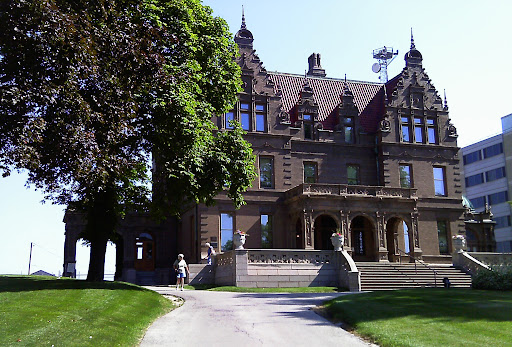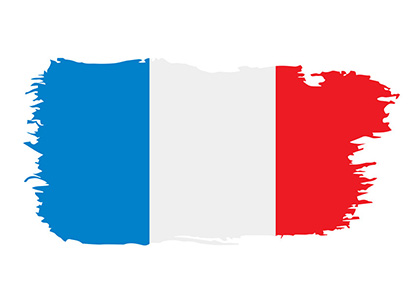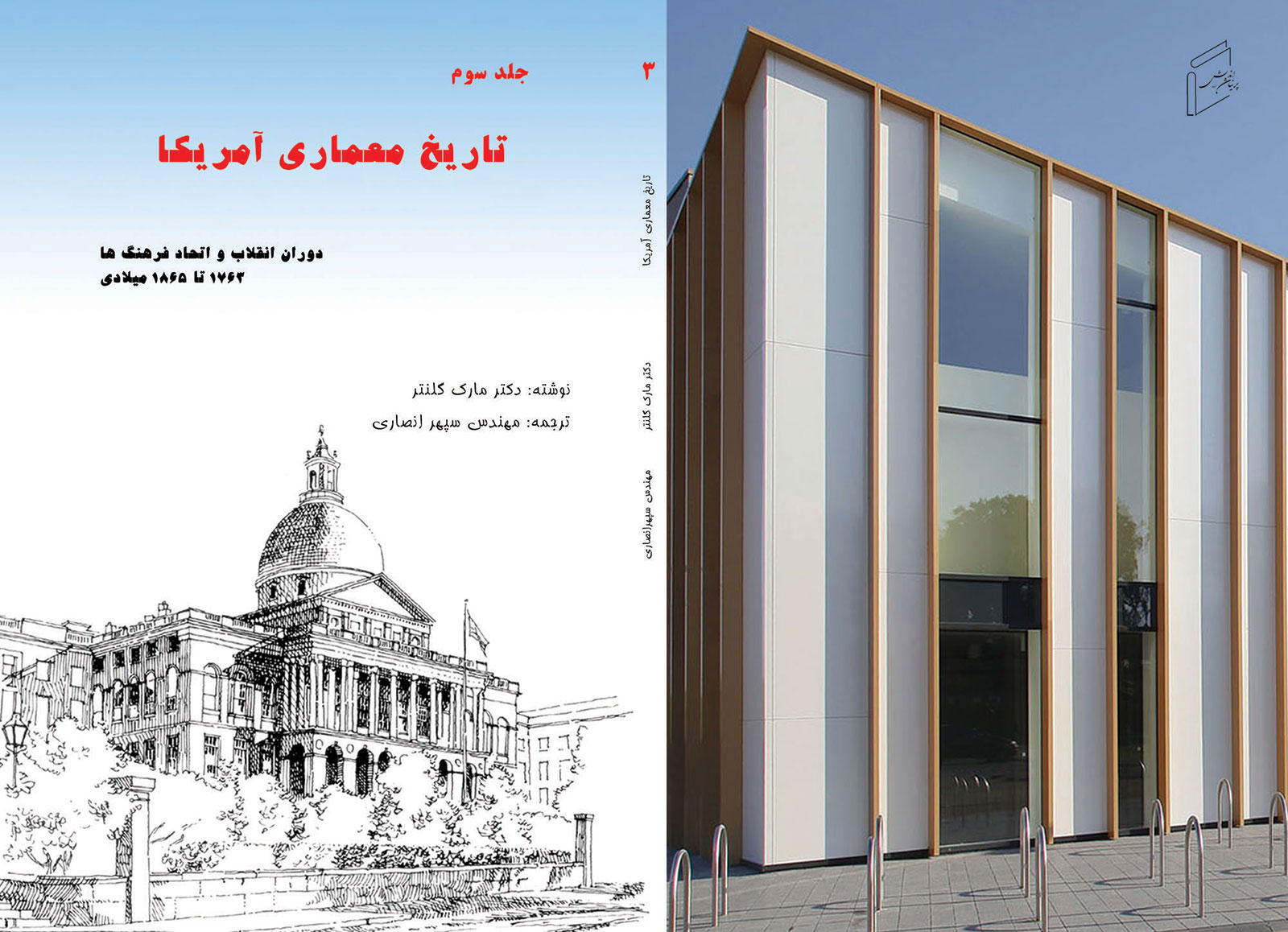1. How can studying the History of American architecture help expand your knowledge and understanding of different architectural styles and influences?

develop critical thinking skills that will enable you to analyze
11. Would this book increase your knowledge of cultural exchange and integration in American architecture during the period covered?
Yes, this book provides insights into how various cultural influences were integrated into American architecture during the period covered, fostering a better understanding of cultural exchange and integration in architectural design.
12. How does the book address the challenges or problems of the era it covers?
This book deals with challenges such as the transition from European domination to American independence and the impact of industrialization. It examines how architecture has responded to these challenges and adapted to changing social needs.
13. Can this book inspire you to appreciate and preserve architectural heritage?
Yes, by reading the book, you may develop a deeper appreciation for architectural heritage and recognize the need to preserve it to maintain a connection with the past and promote sustainable urban development.
14. How does this book contribute to a more comprehensive understanding of the historical and cultural significance of American architecture?
This book provides the historical and cultural context of American architecture and allows readers to understand the importance of architectural development in relation to broader societal changes and values.
15. Can reading the book encourage exploration and interdisciplinary research in the field of architecture and urban planning?
Yes, the book's exploration of the history of architecture and its intersection with different disciplines such as history, social sciences, and urban planning encourages interdisciplinary exploration and research.
16. How does this book enhance your ability to critically engage with architectural discourse?
Studying the book will equip you with the knowledge and terminology that will enable you to actively participate in architectural discourse and participate in discussions surrounding architectural theory and practice.
17. How does this book help you create a sense of place and context in relation to architectural design?
This book highlights the relationship between architecture and its surroundings and emphasizes how architectural design responds to and shapes sense of place and context.
18. Can reading books expand your vocabulary and architectural terms?
Yes, this book introduces architectural terms and vocabulary and enables you to develop a more accurate understanding of architectural concepts and communicate effectively in the context of architecture.
19. How does this book foster a deeper appreciation of the art and skill inherent in architectural design?
This book deals with the artistic and creative aspects of architectural design and helps readers understand the skills, abilities and aesthetic qualities involved in creating architectural structures.
20. Can reading the book inspire you to pursue a career or further education in architecture or related fields?
This book can serve as a source of inspiration for those interested in architecture, urban planning, or related fields, and potentially motivate them to continue their careers or continue their studies in these fields.

source of inspiration for those interested in architecture
21. How does this book address issues of inclusive and diversity in American architectural history?
This book explores how different cultures and perspectives have shaped American architecture, and offers insights into issues of inclusive and diversity within the field.
22. Can reading the book help you take a critical look at architectural conservation and restoration projects?
Yes, the book provides historical context and insights into architectural conservation and restoration, enabling you to critically analyze and evaluate such projects.
23. How does this book relate the history of American architecture to global architectural trends and influences?
This book highlights the global connections and influences that have shaped American architecture and helps readers understand the broader context of architectural development.
24. Can reading the book help you understand the principles of sustainable design in historical and contemporary architecture?
Yes, this book provides examples of sustainable design principles used in historic architecture that can demonstrate your understanding of sustainable practices in contemporary architectural design.
25. How does this book address the social, political and economic factors that have influenced the history of American architecture?
This book examines the social, political, and economic factors that have shaped American architecture and provides a comprehensive understanding of how these factors influence architectural design.
26. Can reading books foster appreciation of architecture as a reflection of cultural identity?
Yes, this book explores how architectural styles and design choices can reflect cultural identity and enhance understanding of architecture's role in preserving and expressing cultural heritage.
27. How does the book help your ability to recognize and analyze the symbols and meaning of architecture?
Reading the book will help strengthen your ability to recognize and interpret the symbols and meanings of architecture and deepen your understanding of architecture as a powerful expressive language.
28. Can reading the book help you understand the social impact of architecture and urban planning?
Yes, this book examines how architecture and urbanism shape and influence society, allowing you to critically analyze the social impact of architectural choices and urban development.
29. How does this book emphasize the importance of context, function and user experience in architectural design?
This book shows how context, function and user experience are fundamental considerations in architectural design and shows the relationship between architecture and human needs.
30. Can book reading foster an appreciation of the historical importance of architectural preservation and adaptive reuse?
Yes, this book provides examples of historic buildings that have been preserved or adapted for new uses, and reinforces the understanding of the importance of architectural preservation and adaptive reuse in maintaining historic continuity.
Dear Visitor; Please take a look at the list of 50 most visited websites in the world wide web: YouTube, Facebook, google, translate, gmail, weather, amazon, Instagram, cricbuzz, Hotmail, wordle, satta king, twitter, yahoo, yandex, sarkari result, Netflix, google maps, yahoo mail, roblox, whatsapp, NBA, BBC news, outlook, pinterest, flipkart, eBay, omegle, live score, tiktok, canva, ipl, premier league, hava durumu, ibomma, walmart, twitch, ikea, shein, linkedin, home depot, e devlet, lottery, snaptik, cricket, serie a, nfl, spotify, fox news, amazon prime; There is no book publishing related or project management website in this list. We are working hard to bring these important issues to the center of concentration of societies. Please introduce us via social media, share our website with others and help us to make our world a better place to live. Best Regards.











Write your review